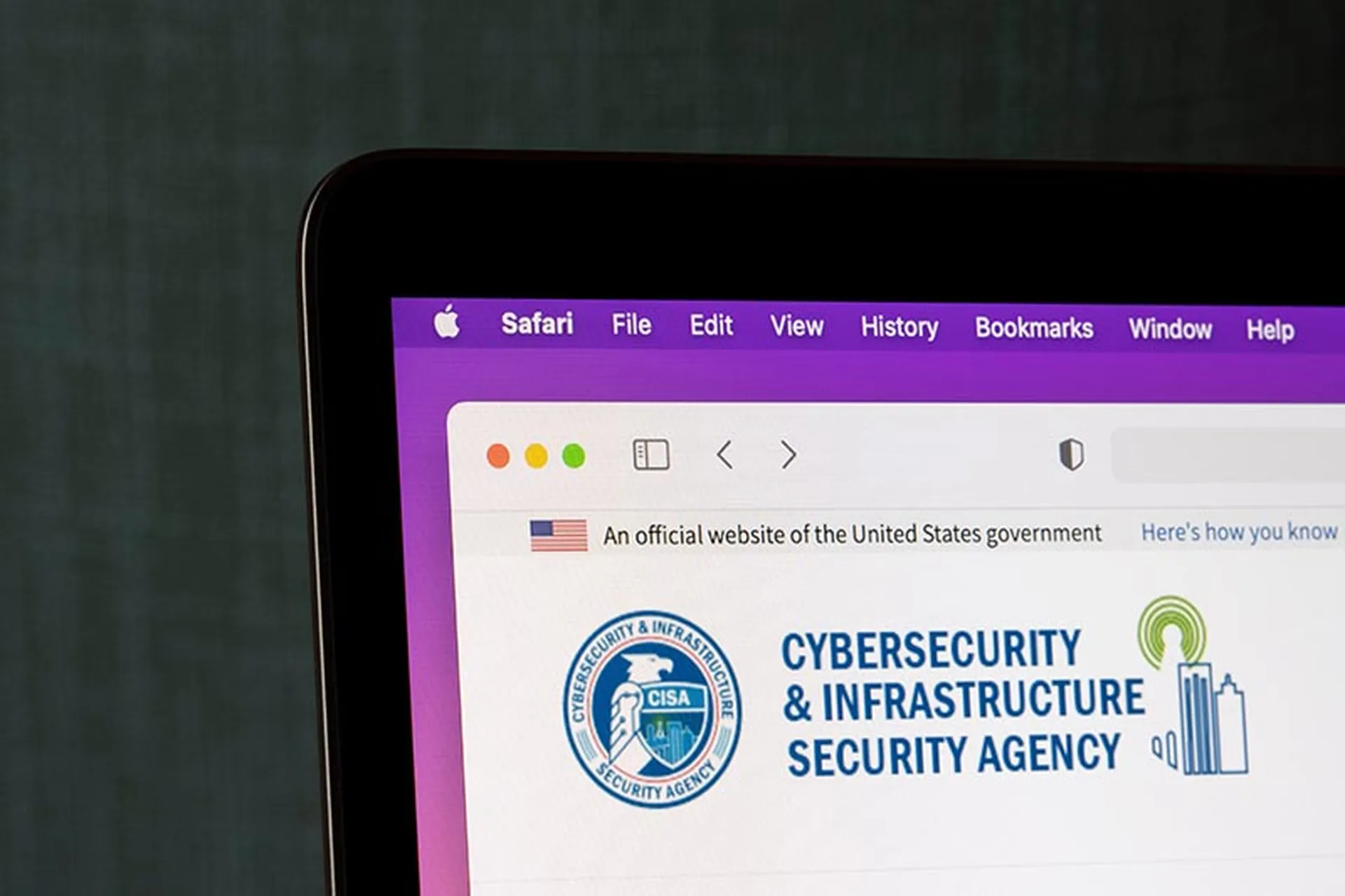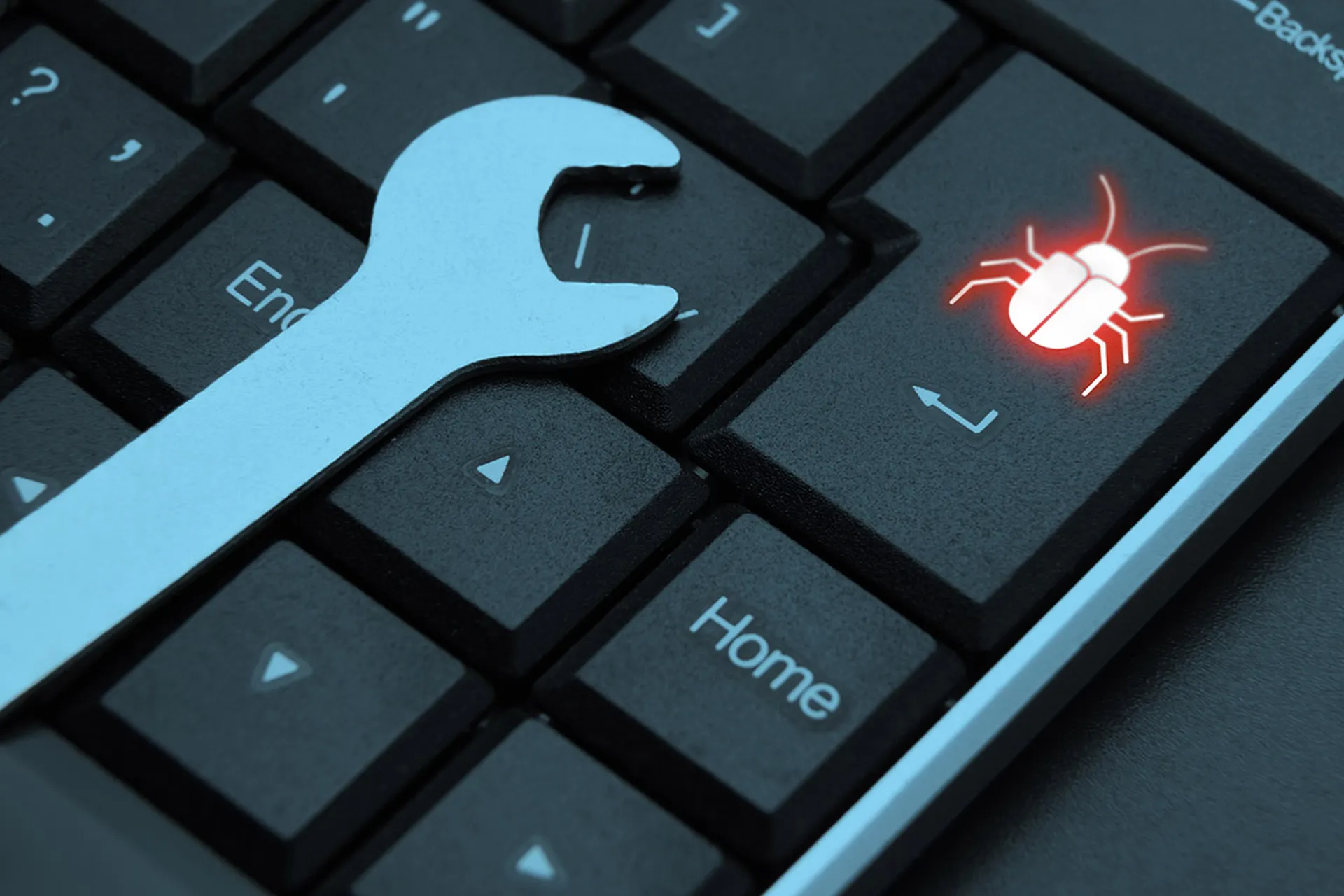One-in-three organizations reported experiencing attempted ransomware attacks every week, with 9% noting that they have been attacked more than once daily, while 53% have been affected by a ransomware attack during the past year and a half, according to TechRepublic.
Email was the most commonly cited entry point for ransomware attacks, followed by desktop browsers and mobile devices, a report from Menlo Security revealed. Moreover, evolving threats and remote workers were named as the biggest challenges in ransomware defense.
The report also showed that 45% of IT security decision-makers in U.S. and U.K. enterprises noted that a data backup and recovery plan is being adopted following a ransomware attack, while 39% assess the attack's impact and 37% isolate impacted endpoints. Meanwhile, 65% of respondents expressed willingness to pay demanded ransoms, with 31% noting that the payment should be shouldered by their cyber insurance provider.
Menlo Security Senior Director for Cybersecurity Strategy Mark Guntrip noted that ransomware attacks are best prevented prior to the initial intrusion.
"If the threat can be prevented at this point it means that the rest of the infection chain never happens," Guntrip added.
Related Events
Get daily email updates
SC Media's daily must-read of the most current and pressing daily news



